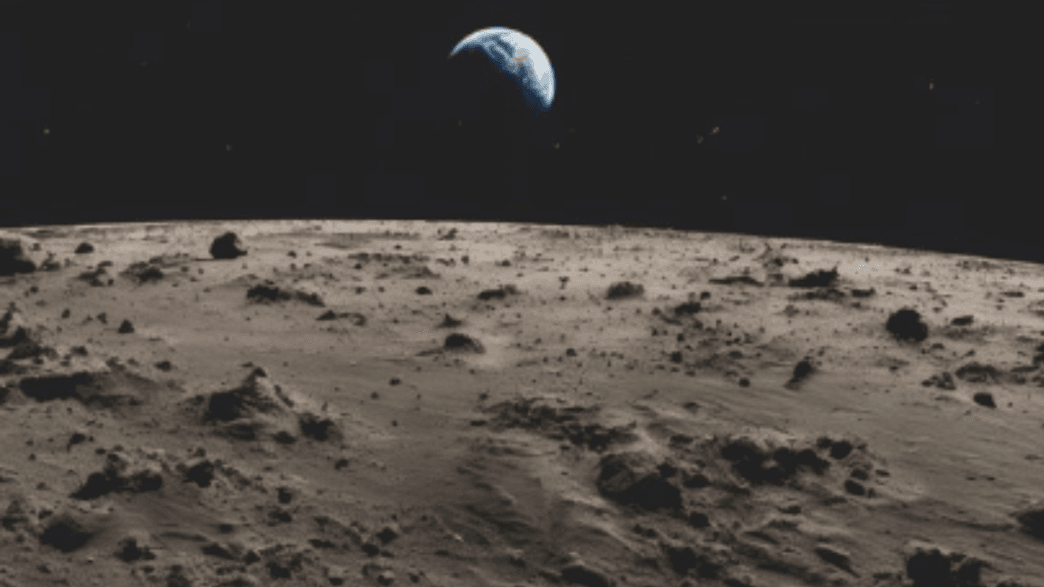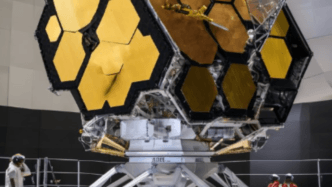Introduction: The Dream of a Moon Colony
For decades, scientists and space agencies have envisioned a permanent human settlement on the Moon. As space technology advances and international interest in lunar exploration grows, a Moon base is becoming more realistic than ever.
The idea of a lunar base is not just science fiction. The Artemis program, China’s lunar ambitions, and private space companies like SpaceX and Blue Origin are all working on plans to establish sustainable human presence on the Moon within the next decade.
But how close are we to actually living on the Moon? Let’s explore the current progress, challenges, and future plans for lunar colonization.
The Vision for Lunar Colonization
NASA, China, and Private Companies: The Race to the Moon
A new space race is underway, with multiple countries and companies aiming to build the first lunar base. Key players include:
- NASA’s Artemis program, which plans to establish a base camp at the Moon’s south pole.
- China and Russia’s International Lunar Research Station (ILRS), which aims to build a research facility in the 2030s.
- SpaceX, Blue Origin, and other private companies, which are developing technologies for Moon missions and infrastructure.
Why Build a Base on the Moon?
A lunar base is not just about exploring the Moon—it could change the future of space exploration and even life on Earth.
Scientific Research and Space Exploration
A Moon base would allow scientists to:
- Study the Moon’s geology and history.
- Conduct astronomy without Earth’s atmosphere interfering.
- Test new space travel technologies in a low-gravity environment.
A Test for Mars Colonization
The Moon is an ideal training ground for Mars missions. It is closer, has low gravity, and provides a way to test:
- Life support systems for deep space travel.
- Radiation shielding and habitat designs.
- Space resource utilization to reduce dependence on Earth.
Mining Resources for Energy and Industry
The Moon has valuable resources, including:
- Water ice, which can be used for drinking, growing food, and making rocket fuel.
- Helium-3, a rare isotope that could be used in nuclear fusion energy.
- Lunar regolith, which can be converted into building materials for a Moon base.
Recent Technological Advances for Lunar Bases
3D Printing and Autonomous Construction
Instead of bringing heavy building materials from Earth, scientists are developing 3D printing methods that use lunar soil to create:
- Landing pads
- Shelters
- Infrastructure for future colonies
Radiation Shielding and AI Support
Since the Moon lacks a protective atmosphere, astronauts will need advanced shielding against radiation and micrometeoroids. AI systems will also assist in remote operations and habitat maintenance.
Artemis Program: NASA’s Roadmap to a Lunar Base
The Artemis Missions and Lunar Gateway
NASA’s Artemis program is leading the way in lunar colonization. The plan includes:
- Artemis I (2022): An uncrewed mission testing Orion spacecraft.
- Artemis II (2024): The first crewed mission to orbit the Moon.
- Artemis III (2025-2026): The first human Moon landing since Apollo.
- Artemis Base Camp: A planned permanent settlement at the lunar south pole.
Lunar Gateway: A Space Station Around the Moon
NASA and its partners are building the Lunar Gateway, a small space station in orbit around the Moon. This will serve as:
- A staging point for Moon landings.
- A research station for long-duration missions.
- A test site for future Mars exploration.
Challenges of Establishing a Lunar Base
Harsh Lunar Environment
- Extreme temperatures: The Moon’s surface can go from +127°C (260°F) to -173°C (-280°F).
- Radiation exposure: Without an atmosphere, astronauts will be exposed to harmful cosmic rays.
- Lunar dust problems: The fine dust can damage equipment and pose health risks to astronauts.
Sustainability: Living Off the Moon
A successful Moon base must rely on in-situ resource utilization (ISRU), meaning:
- Extracting water from lunar ice.
- Generating oxygen and fuel from the Moon’s soil.
- Using solar energy for power.
When Will We See the First Permanent Lunar Base?
Predictions for the First Human Settlement
Based on current progress, experts predict:
- By 2030: Short-term research stations will be operational.
- By 2040: Fully functional habitats with rotating crews.
- Beyond 2050: Self-sustaining lunar colonies with permanent residents.
Conclusion
The idea of a permanent human settlement on the Moon is no longer science fiction—it is becoming a reality. With NASA’s Artemis program, China’s ILRS, and private companies innovating rapidly, we are closer than ever to building the first Moon base.
While technical and logistical challenges remain, continued research, funding, and collaboration will pave the way for humanity’s next giant leap.
FAQs
1. When will humans live permanently on the Moon?
Experts predict a permanent lunar presence within the next 20-30 years.
2. How will we build structures on the Moon?
Using 3D printing technology with lunar materials.
3. What are the biggest challenges of a lunar base?
Radiation, extreme temperatures, and lack of air and water.
4. Can the Moon support human life indefinitely?
With the right technology and resource management, it could.
5. Will private companies play a bigger role than governments?
Yes, companies like SpaceX and Blue Origin will be key players in lunar development.











